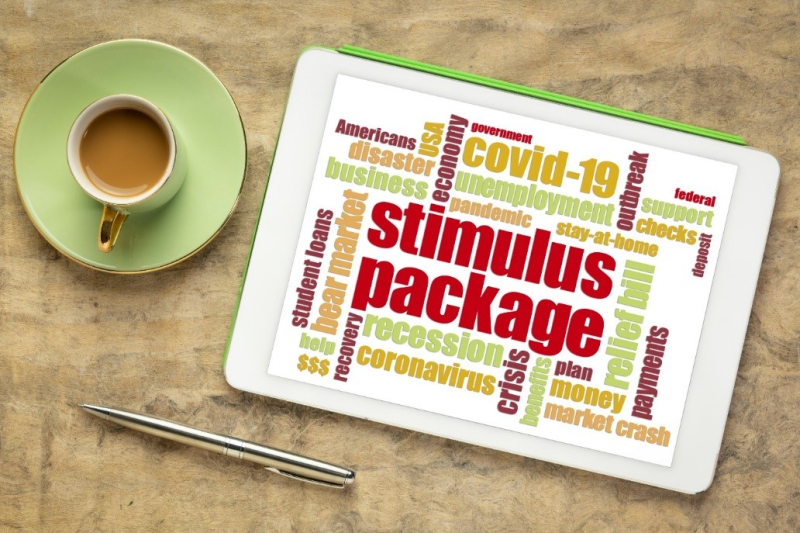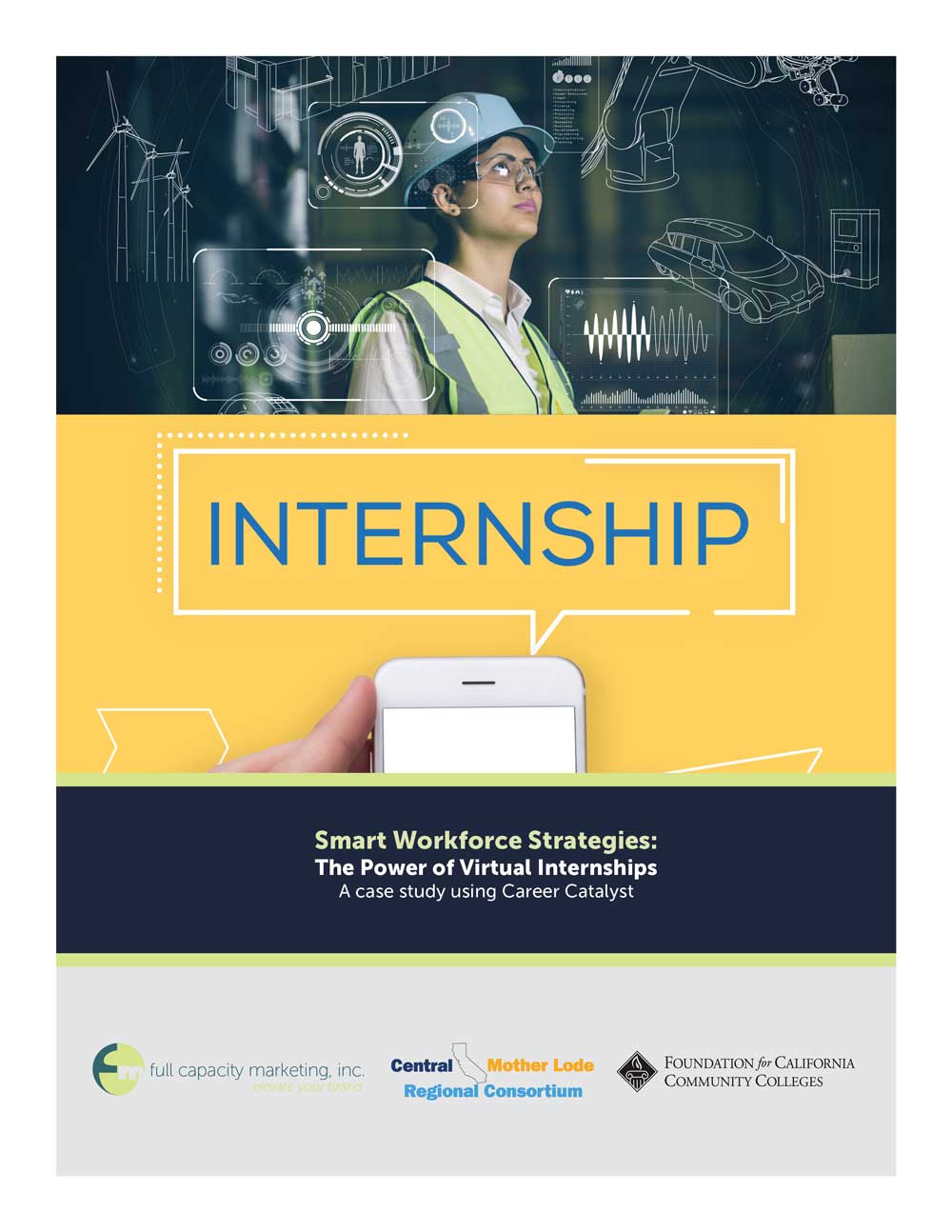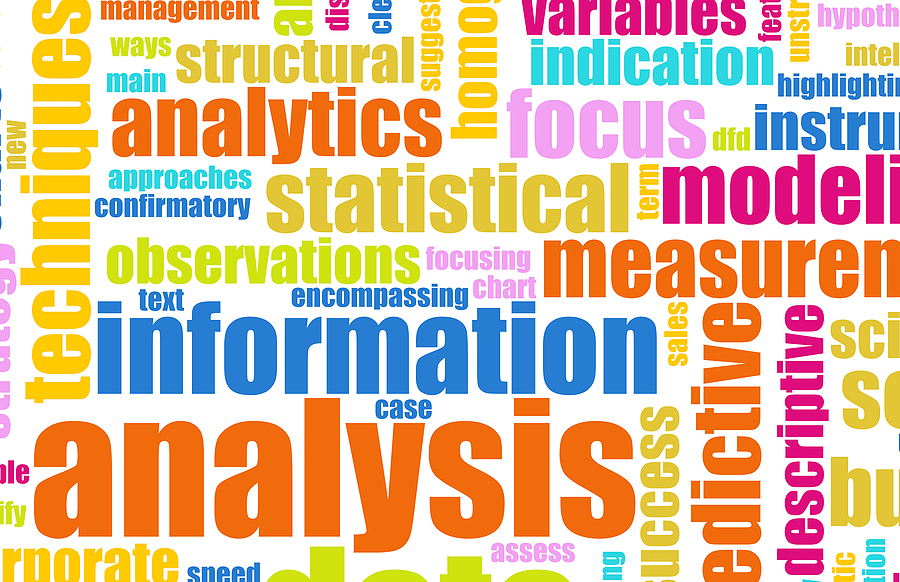
WORKFORCE AND EDUCATION ADVOCACY STRATEGIES IN THE COVID-19 ENVIRONMENT
Workforce and education organizations, like those in other sectors, have been hard hit by the coronavirus. They are scrambling to figure out virtual service delivery, new operational models and staff safety measures.

Workforce and education organizations, like those in other sectors, have been hard hit by the coronavirus. They are scrambling to figure out virtual service delivery, new operational models and staff safety measures. In the midst of this, they are also acutely in tune with any new legislation and funding trends pertaining to COVID-19 that may help support their mission.
For example, there’s the Relaunching America’s Workforce Act which proposes funding existing workforce development programs at the local level; the 650+ funders distributing more than 3,000 grants to those missions affected by the coronavirus; and state responses to appropriate additional funding for coronavirus-related tasks.
Policymakers and foundations are making quick decisions about which organizations to fund, and while workforce and education may seem like obvious choices, COVID-19 has affected many missions, including healthcare, poverty, food security and a myriad of others, all vying for funding.
However, these mission-focused organizations are not positive about what the future holds for funding. In a survey of nearly 550 nonprofits in 93 countries, conducted March 24-26, 96.5% of respondents reported negative impacts related to the virus, including a drop in contributions (67.9%). Among all respondents, 41% anticipate a drop in funding of at least 21% over the next 12 months; 18% expect to see a decline of between 16%-20%; and 12% anticipate a decline of between 11%-15%. Only 3% expect to see an increase in revenue.
The competition for funding will become even greater, which is why your workforce or education organization must take steps to clearly communicate the value of your mission to stay top of mind with policy makers and funders.
Best Practices: Advocacy & Communication
Advocate through virtual meetups with policymakers and funders
In this time of social distancing, organizations have had to execute advocacy strategies via a virtual format instead of conducting the usual face-to-face relationship-building activities. Sharon Bonney, executive director of the Coalition on Adult Basic Education, wasted no time shifting the national organization’s normal Capitol Hill Day to a virtual format in April, followed by an Advocacy April campaign. Prepping the 109 participants via webinar, Bonney said, “Those who had previously participated in our in-person Capitol Hill Day noted several advantages of going virtual outside of the obvious ones relating to work and travel. Many said they had an easier time getting in touch with legislators and staffers than they have for in-person meetings and noticed a more engaged focus during the meetings. The virtual format allowed a wider group to participate, including adult learners and teachers.”
COABE had more than 12,000 touches with policy makers via virtual meetings, phone calls and emails for their three particular asks:
- $692M for Workforce Innovation & Opportunity Act funding
- $1B related specifically with COVID-19
- A portion of the stimulus funding that has been pushed to governors through the Emergency Education Relief funding
Pay attention to how policymakers and funders communicate virtually.
Tag and follow relevant policymakers and funders who are active on Twitter, LinkedIn and Facebook to push advocacy messages. A campaign that caught FCM’s attention using this approach is the Malaria No More’s Stop the Buzz campaign, which uses an augmented reality filter to encourage social media users to literally use their voices to help end malaria prior to the United Nations General Assembly and the Global Fund replenishment.
Build your list of Twitter handles for U.S. Senators, U.S. House of Representatives and local elected officials. Once logged into Twitter, you can find a list of handles for U.S. senators here, and another for members of the U.S. House of Representatives here. The National Conference of State Legislatures provides a list of state legislative social media websites.
Communicate your organization’s proactive response to COVID-19.
It’s critical to proactively inform your customers, partners and funders about the operational changes you have made or are making in response to COVID-19. A best practice is to add a section to your website that is designated to COVID-19 information and to segment the information by audience (e.g., employers, jobseekers, students) to make it easier for your website visitors to navigate. Draw visitors to the new section of your site by adding across the top of your homepage a colorful banner that links to the new COVID-19 section of the website (see image of Full Capacity Marketing webpage below for example).
FCM helped the Workforce Development Board of Contra Costa County create a designated COVID-19 section on its website in April, when it launched BounceBackContraCosta.org. This approach helped WDBCCC move important on-site workshops – workshops that are required for the organization to qualify for federal Workforce Innovation & Opportunity Act funding – online when in-person workshops were no longer possible because of social distancing. The WIOA training video is now easily accessible online, and soon will be joined by other instructional videos, including one on resume-writing and another related the state’s job board.
A dedicated campaign paid off for the Workforce Development Board of Contra Costa. The new COVID-19 microsite launched in April, putting total impressions across Twitter, LinkedIn and Facebook at 11,600 – up 22,741% from the prior month! WDBCCC gained about 40 new followers across all of its platforms within 30 days.
Track and promote the positive impacts of any COVID-19 funding received by your organization.
As part of your dedicated campaign, include information about how the organization is utilizing any COVID-19-specific funding to rebuild the lives of those most affected. Translate the outcomes of the funding into a simple scorecard to place on your microsite. The scorecard could include highlighting the number of people served, types of services provided and results of the services.
Proactively push legislators and funders to the scorecard through social media and e-newsletters; they need to see the results of the funding and the positive impacts occurring within your community.
Provide a platform for your customers to share how your organization has helped them recover.
Feature the people and companies your organization serves on your campaign microsite, showcasing how your organization helped them recover from the financial impacts of COVID-19. FCM’s national workforce campaign developed for the National Association of Workforce Boards has been in existence since 2011 as an ongoing platform to share the stories, innovations and successes of the workforce development system.
This model can be replicated on your campaign microsite to highlight your customer successes. Let them tell their stories in writing or via video, which is preferred. Use Skype or Zoom to record them sharing their story. This format allows you to capture the emotion associated with overcoming COVID-19 obstacles thanks to the services your organization was able to provide as a result of new funding. Post the videos on your campaign microsite and on your YouTube channel. Share them on your social channels and be sure to tag the funder whose funding helped the customer.
Full Capacity Marketing can help you with your virtual advocacy efforts during this time of COVID-19. Check out our available services and schedule a consult with our CEO.
Like this article?
If you like this article we recommend downloading our eBook below to get better informed

Smart Workforce Strategies:
The Power of Virtual Internships A case study using Career Catalyst
Share this article

Thought Leaders in Workforce, Education & Entrepreneurship



Comments
There are no comments yet